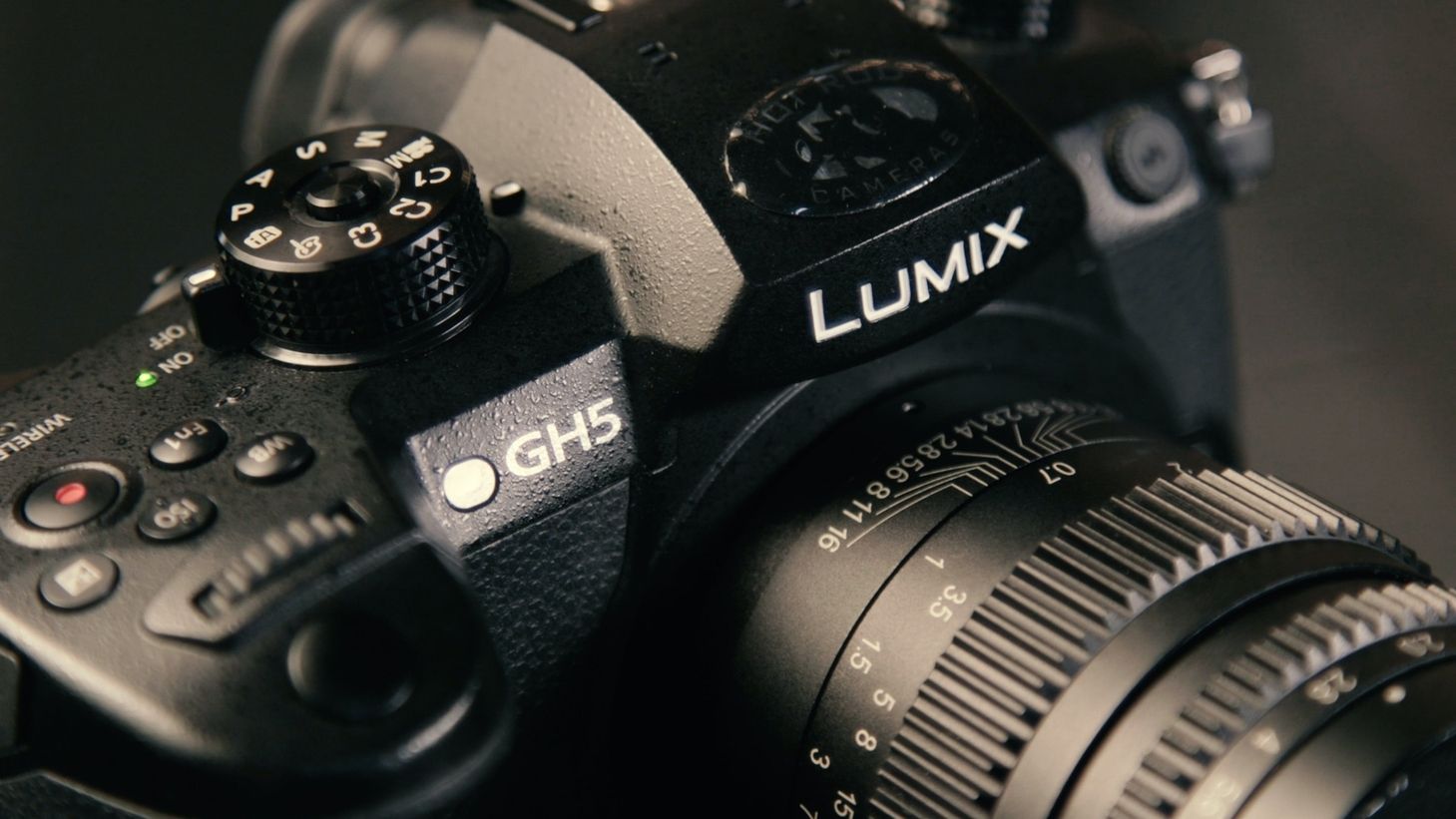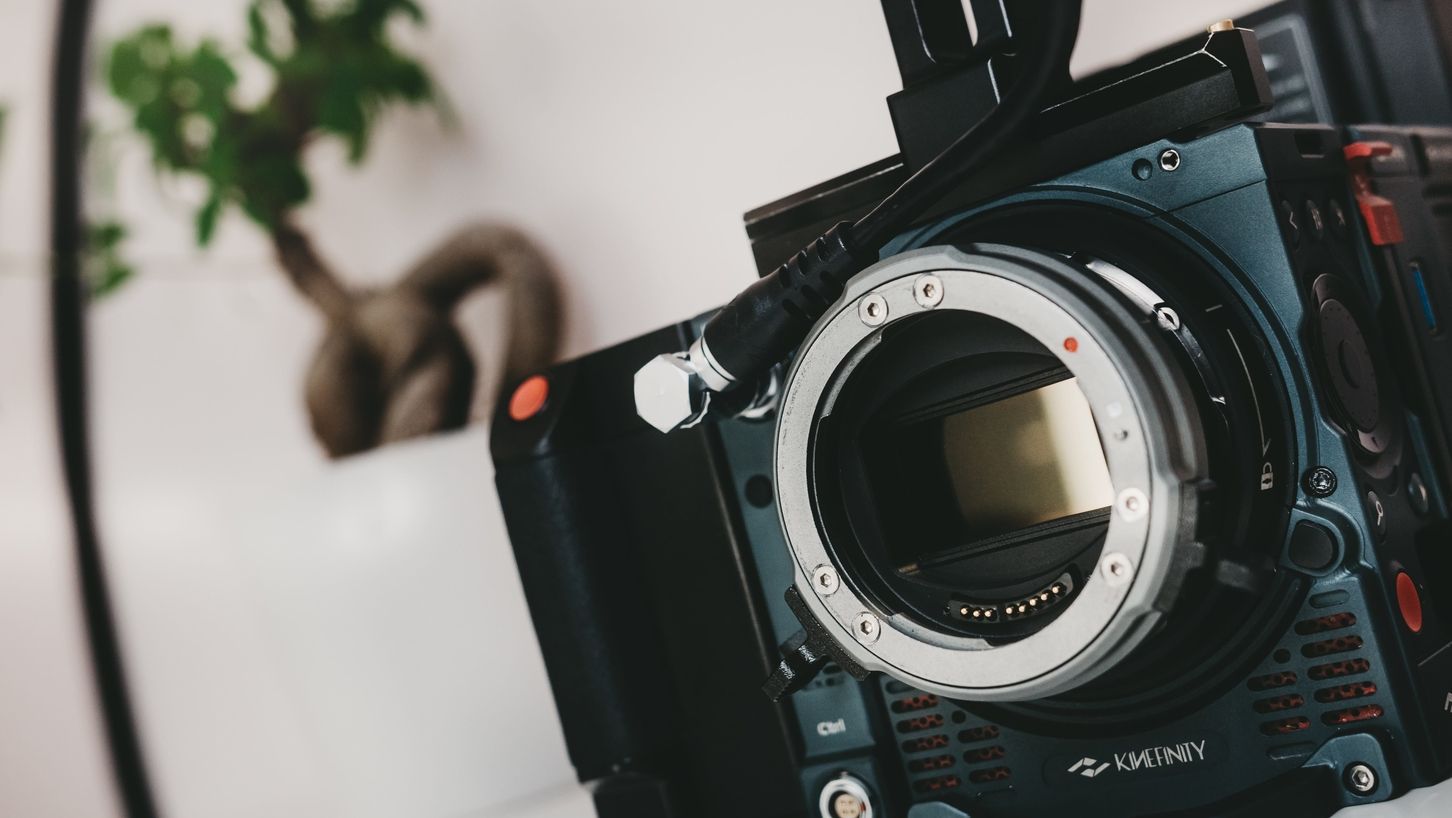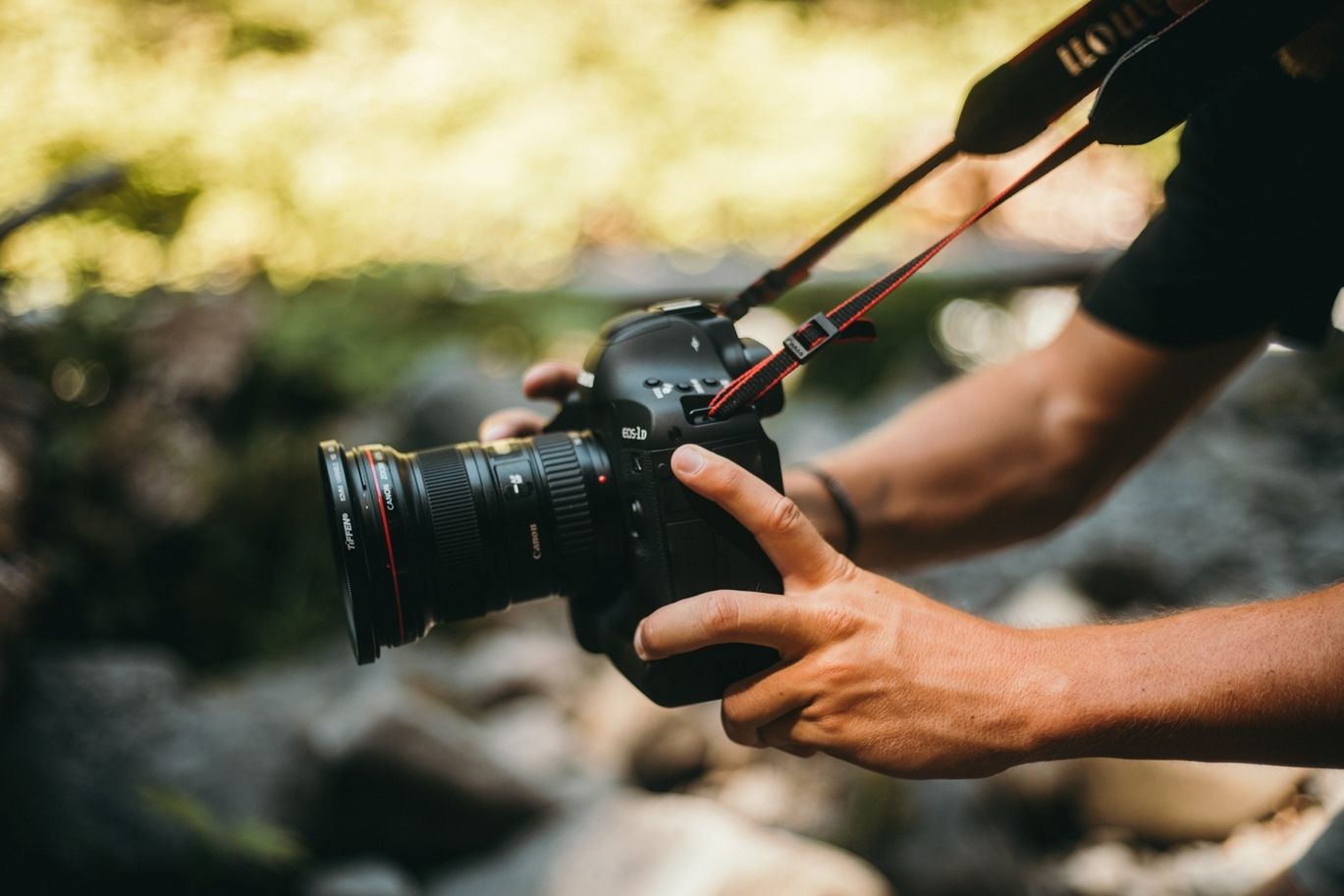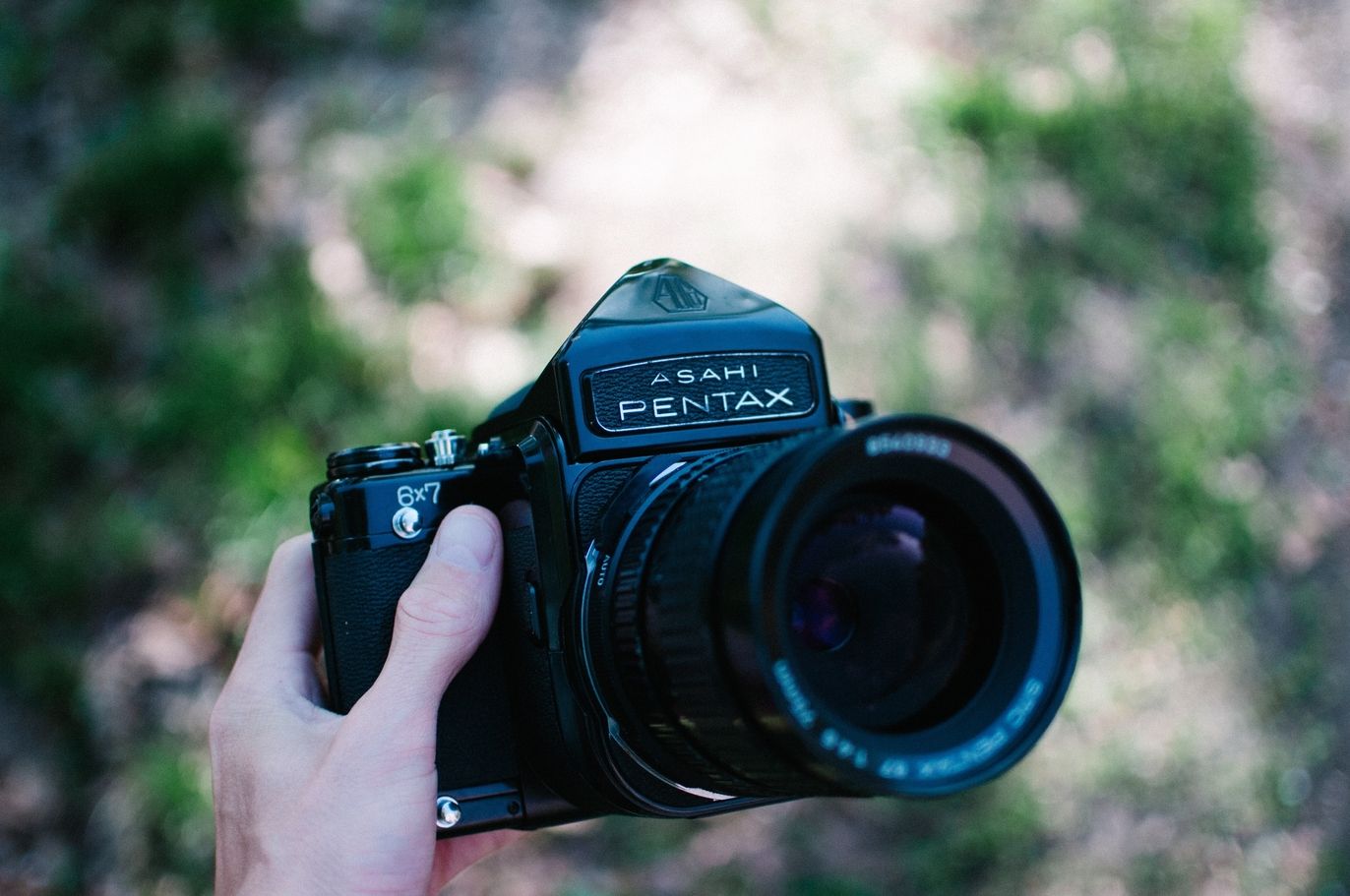Rolling Shutter Explained: A Simple Guide for Beginners
Rent film gear from local filmmakers.

Rent film gear from local filmmakers.
If you use a digital camera to capture a video of something moving rapidly, the image may appear blurred or deformed. Rolling shutter distortion is what you're seeing here.
There are certain techniques that might help you to avoid this, and one of them is the rolling shutter technique. Read on to master it and ensure the sharpness of your pics no matter the speed of movement!
Are you just getting started in photography? If yes, click to explore all the must-have equipment pieces a photographer needs.
What is a rolling shutter?
Usually, a rolling shutter captures the screen line-by-line onto an image sensor rather than recording the complete picture at once.
Because the rolling shutter sensor examines the picture from top to bottom, the top of the picture is captured slightly before the bottom.
If you're capturing fast-moving individuals or moving your video camera along a landscape, this little lag can cause some unintentional deformities.
These contemporary image sensors are divided into two categories:
- CMOS and
- CCD.

Rolling shutter cameras include DSLR cameras with a CMOS Technology sensor and cellphones such as iPhones.
Cameras using a CCD sensor, also known as a universal shutter, capture a full image in one go, although they are much more costly and complicated to make.
"Rolling shutter cameras are capable of capturing rapid frame rates without producing extreme force heat in the camera or consuming a lot of battery capacity,"
- Taylor Kavanaugh.
They're a good tool for novices, but they have certain disadvantages.
Advantages of a rolling shutter
- Affordable sensor cost
- Reduced ambient noise
- Reasonable price
- Dynamic range
- Reduces the risk of blow-off
Disadvantages of a rolling shutter
- Every rapidly moving object photographed can cause image distortion.

What is the rolling shutter effect?
Rolling shutter effects
1. Wobble and warp
Whenever the camera vibrates, just like in hand-held photographs at zoom levels or when filming from a passing car, this phenomenon (also known as the jello effect) happens. The picture wobbles oddly due to the sliding shutter.
2. Skew
As the camera or object passes from one end to another, the picture folds diagonal on one side or another, revealing various sections corresponding to different times. A skew is a small form of the above-mentioned wobble phenomena.
3. Spatial aliasing
When the lens or subject moves rapidly fast, vertically adjacent pixels are captured in contravention of the sampling theorem. Visualizing a rotating blades propeller is an instance of this.
The rotor rotates at the same or nearly the same speed as the image is recorded by the lens, causing each blade to blur.
When seen perpendicular to a circular rotating fan, the blade just on the left side looks narrower than usual, whereas the blades on the right-hand side seem thicker, or even seem to be unconnected just at the center.

4. Temporal aliasing
Temporal aliasing and partial exposures are both examples of temporal aliasing. When a camera flash is used only for a portion of the exposure, the flash's light is only visible for a few lines of a pixel in a given frame.
Because the light was turned off by the moment that portion of the CMOS was processed, the top 1/3 of the image may be brilliantly lighted by a flash, whereas the bottom 2/3 of the image is black and dark.
It's possible that the difference between the two distinct areas of the picture will appear weird. Florescent bulbs, flash effects, lightning, or indeed any extreme condition where really quick motion or even very rapid flashes of lights are shown in the time between when CMOS is turned on and when it is turned off might cause similar issues.
3 ways to avoid a rolling shutter effect
1. Increase your shutter speed
Set your shutter speed to double your frame rate to prevent distortion when filming rapid events or rotating your cameras.
Because most cameras capture at frames per second (fps), the slowest shutter speed you can utilize is approximately 1/50 of a sec.
Please remember that your shutter speed cannot be slower than your fps since the sensor wouldn't have enough time to capture images.
Also, don't use a shutter speed that is too rapid - a certain level of blur appeals to the eye. You can obtain incredibly clear motion if you're using a very quick shutter speed.

2. Use tripods or gimbal stabilizers
One way to reduce rolling shutter artifacts is to reduce camera shake or camera wobble. To hold your camera steady whilst moving, buy a solid gimbal or tripod mount.
A tripod or gimbal is another option for stabilizing your camera (stabilizer). Avoiding any undesired camera shake helps in avoiding the shutter impact, which uses the same concept as IBIS.
3. Increase the frame rate
Next, raising the fps, very much like raising the shutter speed, is indeed the greatest technique to eliminate rolling shutter issues when taking video footage.
The rotating curtains operate twice as fast with higher frame rates, reducing the time gap between both the sensor's top and bottom. Doubling the frame rates and reviewing the results is an excellent starting point.

Up next: What is a global shutter
We hope you’re now feeling more at ease with the rolling shutter! To expand your shutter horizons even more, read our next article on the topic and learn how a global shutter works.
Rolling or global shutter, you can see for yourself how each of them works - rent out a camera from local creators nearby and get into practice.
What is a rolling shutter?
A rolling shutter is a technique of capturing images where a still picture or either window of a video is recorded by scanning all across the picture quickly, vertically, horizontally, or rotationally, rather than snapping a photo of the entire scene at only one given instant.
What is the difference between a rolling shutter and a global shutter?
In simple words, a rolling shutter is better used for capturing still images, while a global shutter performs best at capturing moving objects. Global shutter cameras are more light-sensitive and produce sharper images.























